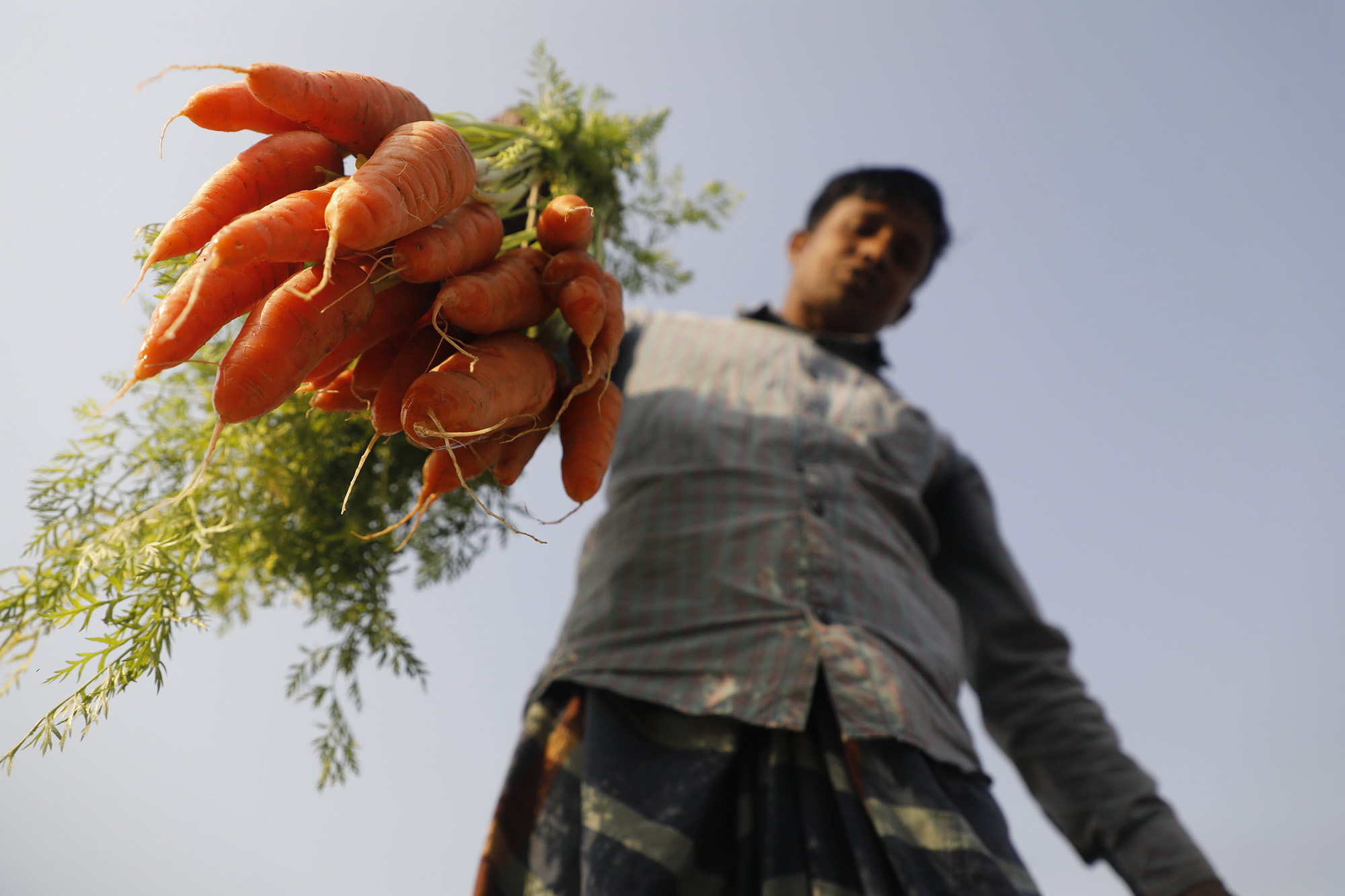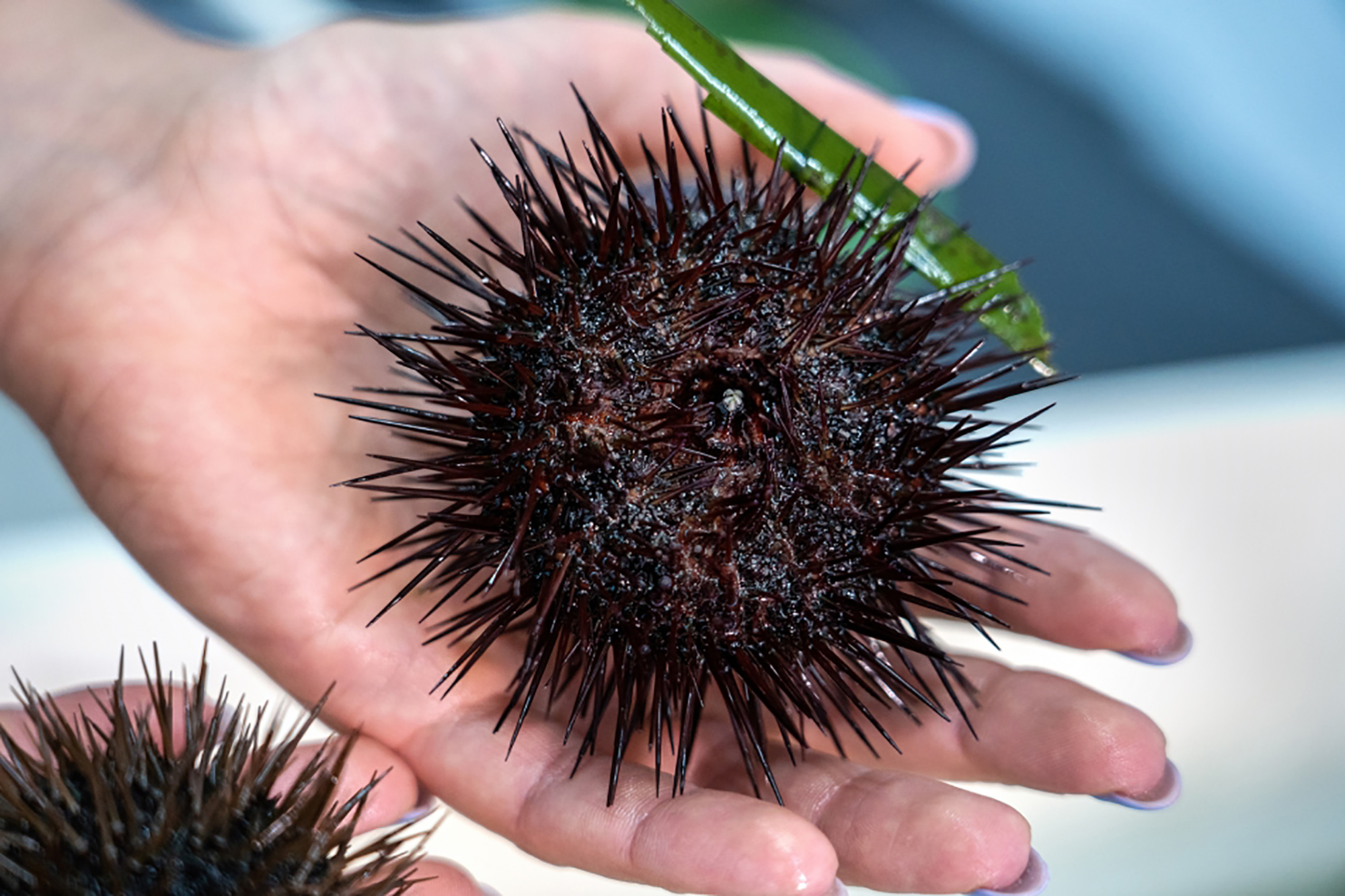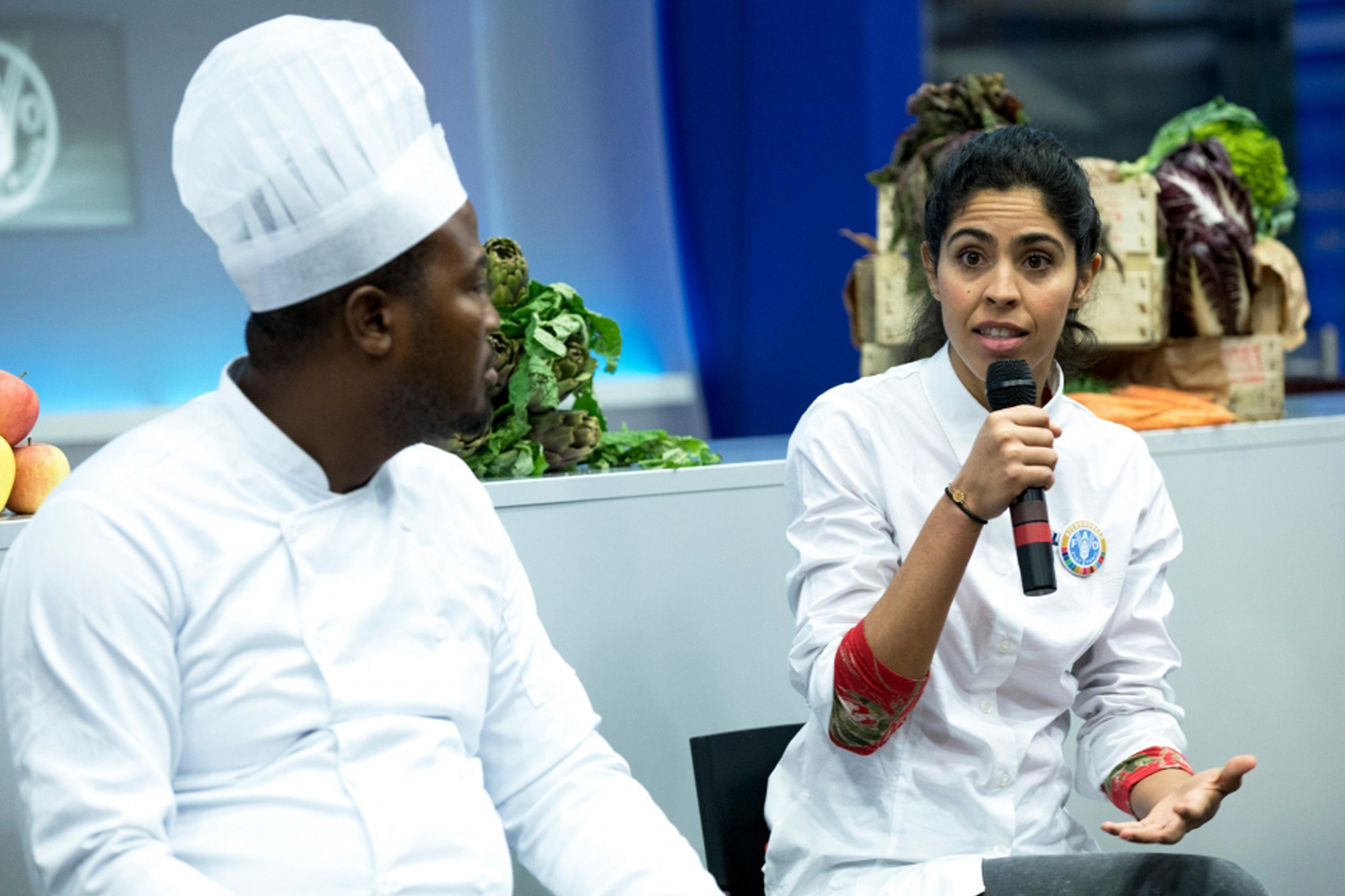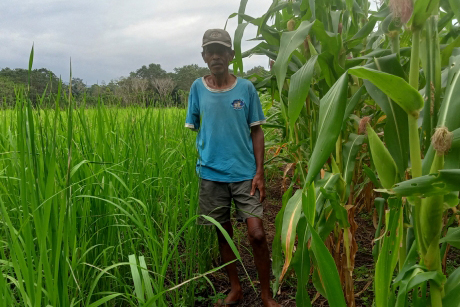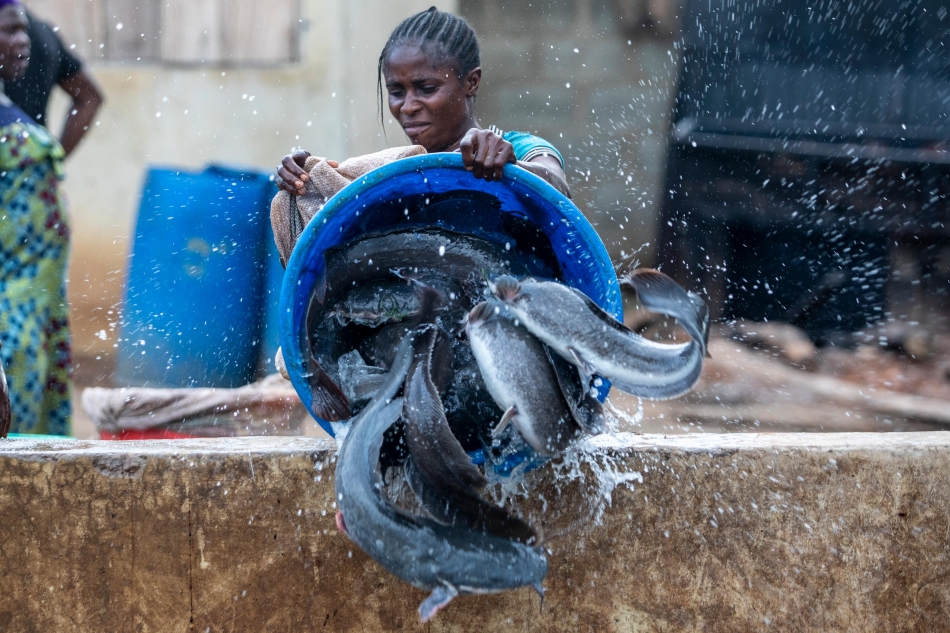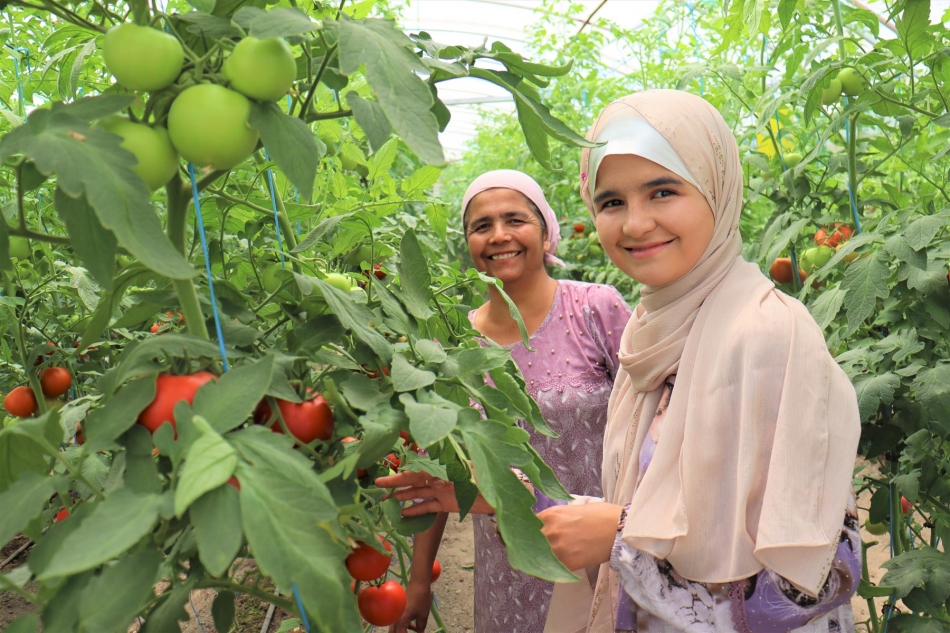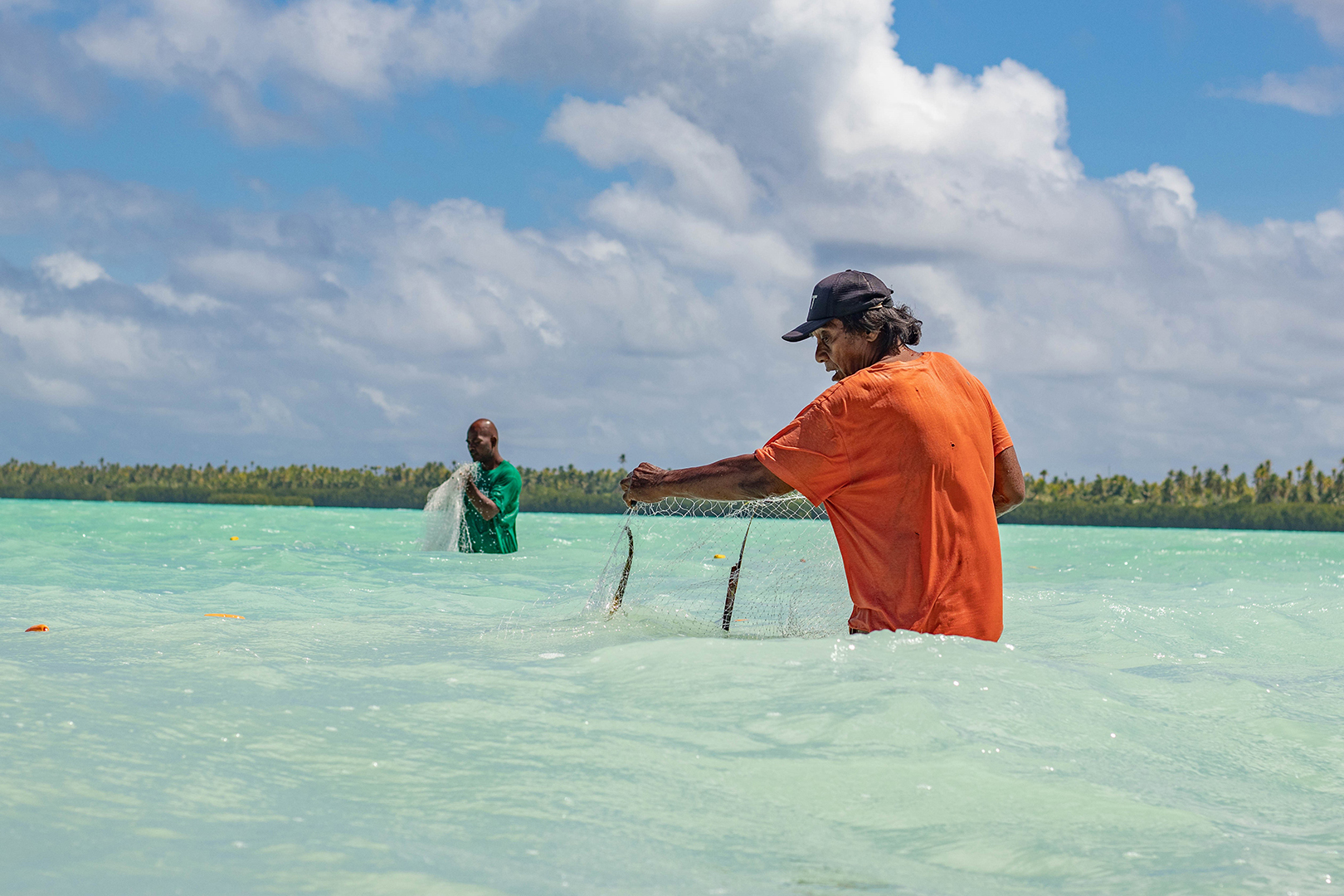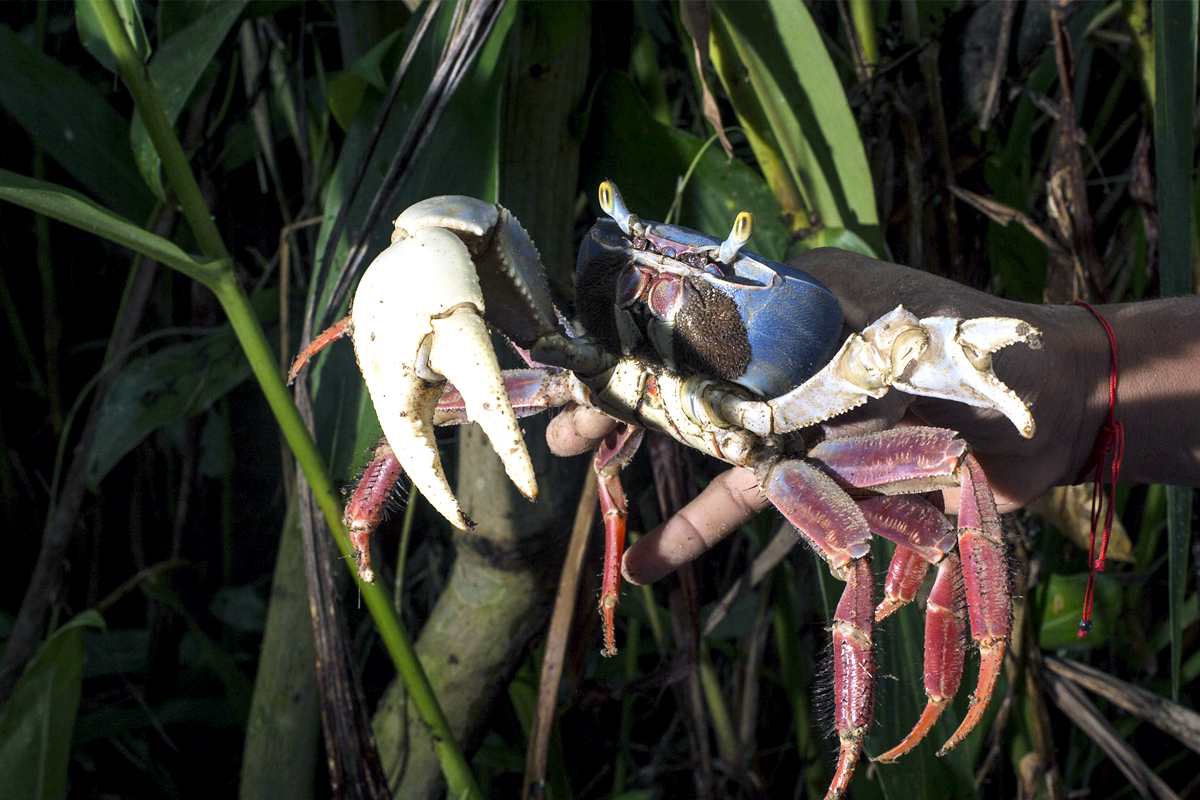Our current agrifood systems impose huge hidden costs on our health, the environment and society, equivalent to at least $10 trillion a year, according to an analysis by the Food and Agriculture Organization covering 154 countries. This represents almost 10% of the global GDP. More than 70% of those hidden costs are driven by unhealthy diets that might lead to obesity and non-communicable diseases. Low-income countries are proportionately the hardest hit by this situation. The report urges governments to use true cost accounting to transform agrifood systems to address the climate crisis, poverty, inequality and food security.
FAO
A FAO report reveals that the hidden costs from how we produce, transport, process and consume food are at least 10 trillion dollars a year.
FAO shows the effects and repercussions of water in Peru because of climate change.
The sea urchin is considered a culinary delicacy in many countries and faces the threat of overfishing in some areas. However, while some sites are lacking in the species, other areas are experiencing excessive sea urchin populations that can lead to the depletion of algae and other marine vegetation, so-called sea urchin barrens. These two contrasting situations call for individualized solutions. FAO is helping countries and farmers tackle these two issues by creating specific guidelines for restorative aquaculture and helping with the removal of urchins and their sale in culinary markets, helping to restore algae populations while enhancing the value of these species.
Fatmata Binta Jalloh is a gender and youth expert working with Sierra Leone's Ministry of Agriculture and Food Security. She helps rural women by providing them with access to technical training, inputs, and other opportunities to help them maximize their agricultural activities. Fatmata, along with Foday Kamara, the director of a local NGO that supports youth and women's empowerment, took part in a project implemented jointly by the FAO and the NGO Solidaridad. The programme aimed to equip both women and men with the knowledge and skills necessary to succeed in the agricultural sector, while also strengthening the position of rural women and enabling them to participate in decision-making processes.
Water is essential for life and food production. Globally, 70% of freshwater is used for agriculture, which is why changing the way we grow our food and produce agricultural products can have the greatest impact. Approximately 2.4 billion people currently live in countries, where water resources are under stress, yet global water demand for agriculture is expected to increase by 35% by 2050. From the food to the fashion industries, we often take this fundamental element for granted. On this World Food Day, FAO is drawing attention to water and highlighting four individuals, who are taking action to manage this precious resource wisely, while inspiring others.
Conservation agriculture is a relatively new practice in Timor-Leste, centred on minimum soil disturbance, maintenance of a permanent soil cover, and diversification of plant species. Despite facing resistance from farmers like Joaquim, FAO and partners supported farmers, who were willing to adopt this technique. These efforts paid off after a few years of implementation with increased land utilization rates, more fertile and productive soil. Joaquim, now an avid advocate of CA has produced enough food to support his family. The practice also has great appeal for farmers, because it does away with the need for ploughing, ending some of the hard manual labor involved in farming.
World Food Day, celebrated on 16 October, is dedicated to water - a precious resource that covers most of the Earth's surface, constitutes over 50% of our bodies, supports livelihoods and produces our food. However, we often take for granted the availability of water, which is not infinite. What we eat and how our food is produced has a major impact on water. Join FAO’s campaign for water action for food and sing their message. The Observance coincides with the World Food Forum (16-20 October), a global movement that empowers young people to shape a better food future for all. Be the change!
From 27 to 29 September 2023, FAO is organizing its first-ever Global Conference on Sustainable Agricultural Mechanization. This event will provide a forum for FAO Members, farmers, universities, agricultural scientists, mechanization service providers, development agencies, and other actors for dialogues to prioritize actions and strengthen technical networks for sustainable development of agricultural mechanization.
Located at two hours’ drive east of Lagos, Nigeria’s sprawling business capital, Eriwe farm village is the site of one of the countries’ biggest catfish clusters. Along the banks of a little river lie the ponds of nearly 600 fish farmers, organized in cooperatives as part of the Eriwe fishers’ union. These farmers produced some 2,000 tonnes of catfish in 2022. Mary Stephens and her husband also have a few ponds in Eriwe farm village. But their main business is fish processing. FISH4ACP, a global fish value chain development programme in partnership between FAO, the EU and others, is helping Nigeria to make its catfish sector stronger. Mary hopes to get a machine to replace some of their manual work.
Not only are healthy diets crucial for children's development and wellbeing, but the enjoyment of food is part of the right to food too.
Cotton offers comfort, durability, and breathability to our wardrobe. But this fabric is so much more: it sustains 32 million growers and benefits 100 million families worldwide. Crucial for developed economies, it's a safety net in developing nations, providing income to rural smallholders, including women. On World Cotton Day (7 October) the United Nations aims to raise awareness about cotton's pivotal role in economic development, trade, and poverty reduction.
Water issues have always been crucial for Odina’s district in Uzbekistan, and they were highly dependent on water sources coming from neighboring Kyrgyzstan. Farmers would have to wait for her or his turn to use the water to irrigate their land from the few existing canals. FAO introduced the “Smart Farming for the Future Generation” project which provides simple innovations in water management, pest control and greenhouse improvements. With these new skills and practices, Odina has grown her tomato business into a thriving small enterprise and receives two to three times her previous income. When farming becomes "smart" and incomes become sustainable, confidence in the future increases.
The waters that surround the Small Island Developing States (SIDS) of the Pacific are home to remarkable marine ecosystems. The fish and other marine species they host are deeply intertwined with many Pacific peoples’ cultures, livelihoods and food. But while the communities of these islands continue to consume fish in significant quantities, the diversity of Islanders’ diets is declining, and their nutrition is deteriorating. So, what are some new approaches and innovations that can help reverse this trend? A report by the Food and Agriculture Organization of the United Nations (FAO) and WorldFish has some suggestions. Here are five of them.
Mangrove forests are mostly found in warm areas with calm coastlines, shallow water, and soft ground. The size and type of mangroves can vary depending on environmental conditions. Sustaining a rich food web - from detritus decomposers to fish, mammals and birds - mangrove ecosystems represent an interphase between terrestrial and marine communities. In the first study of its kind, FAO with experts around the world uncovered a wealth of information on the extent of mangrove forests globally. The study also gives a glimpse into what causes mangrove losses and gains. Find out more about this precious ecosystem and see how mangroves affect our daily lives.

